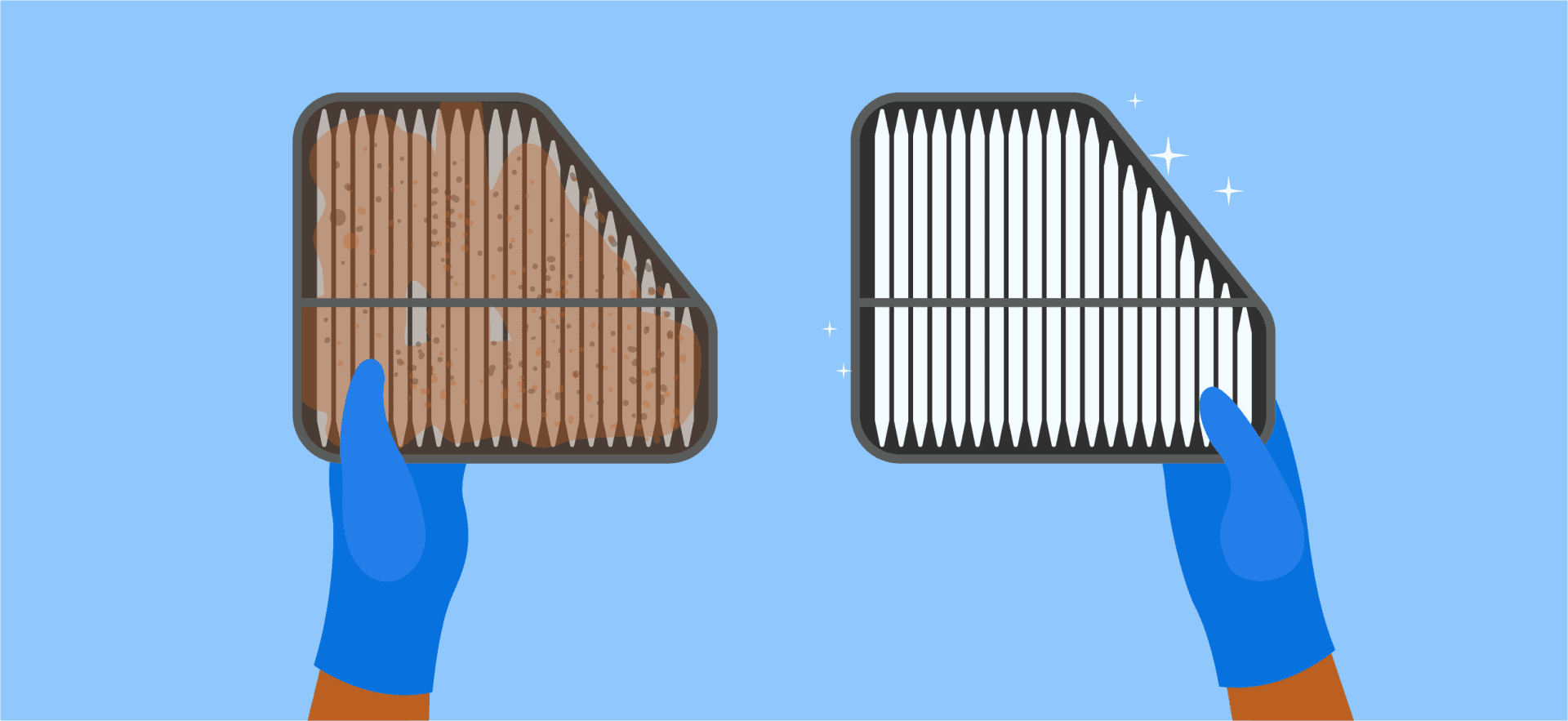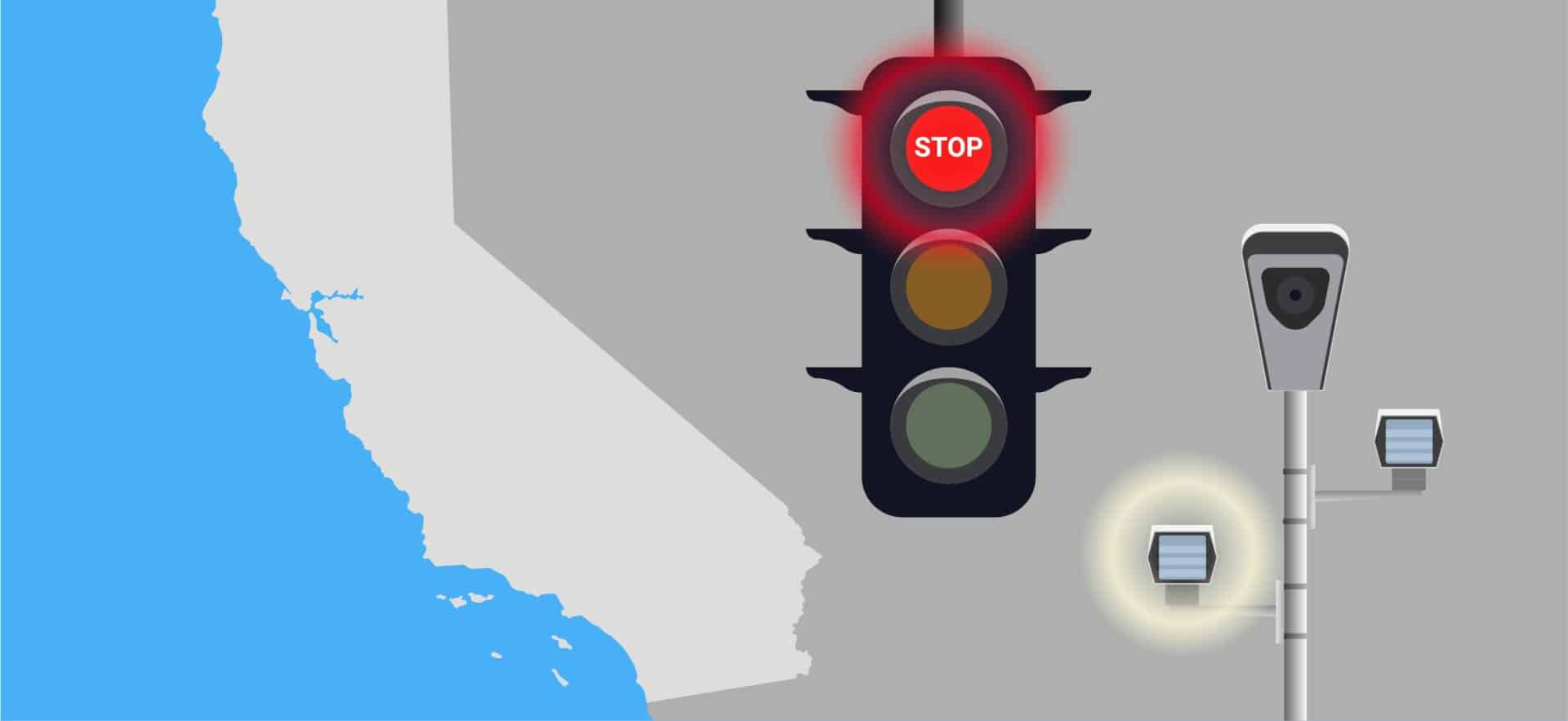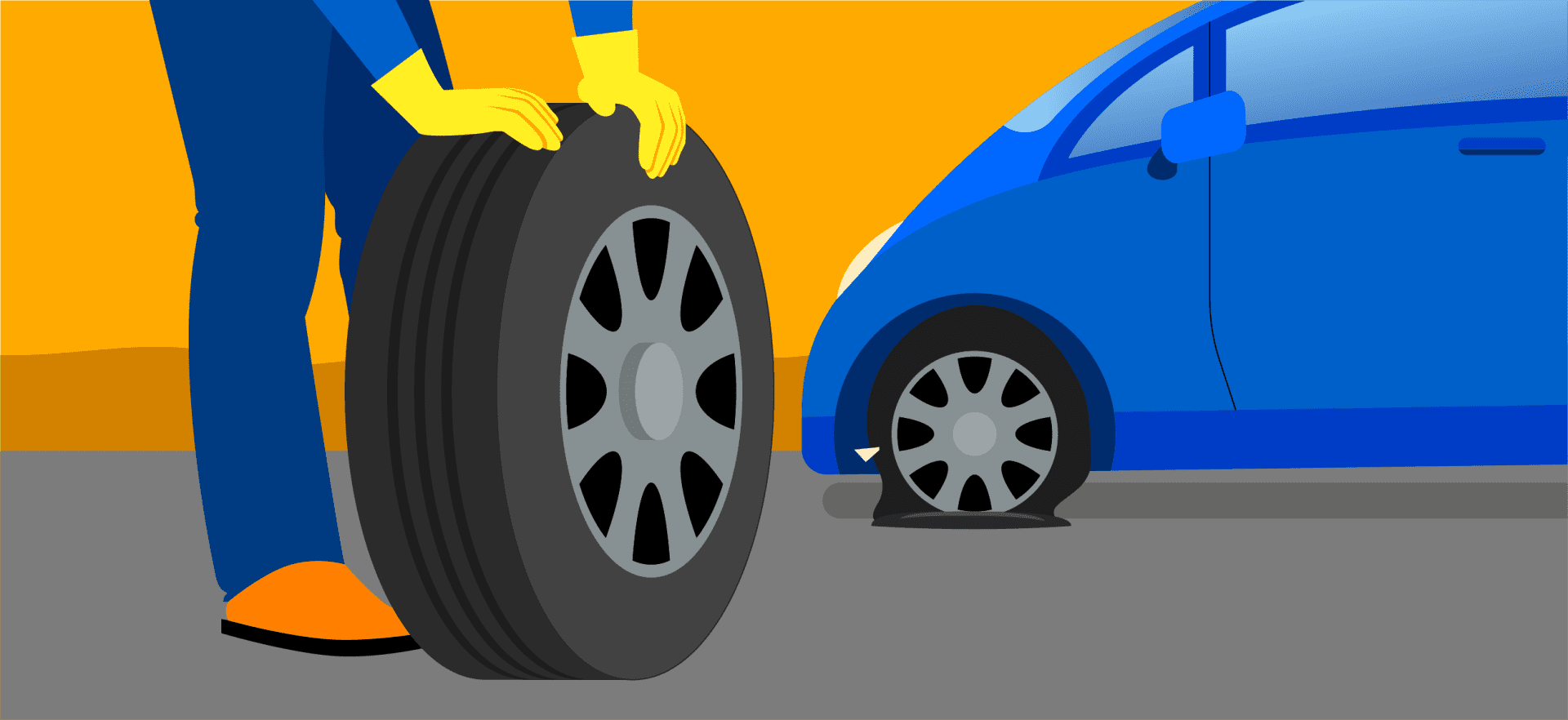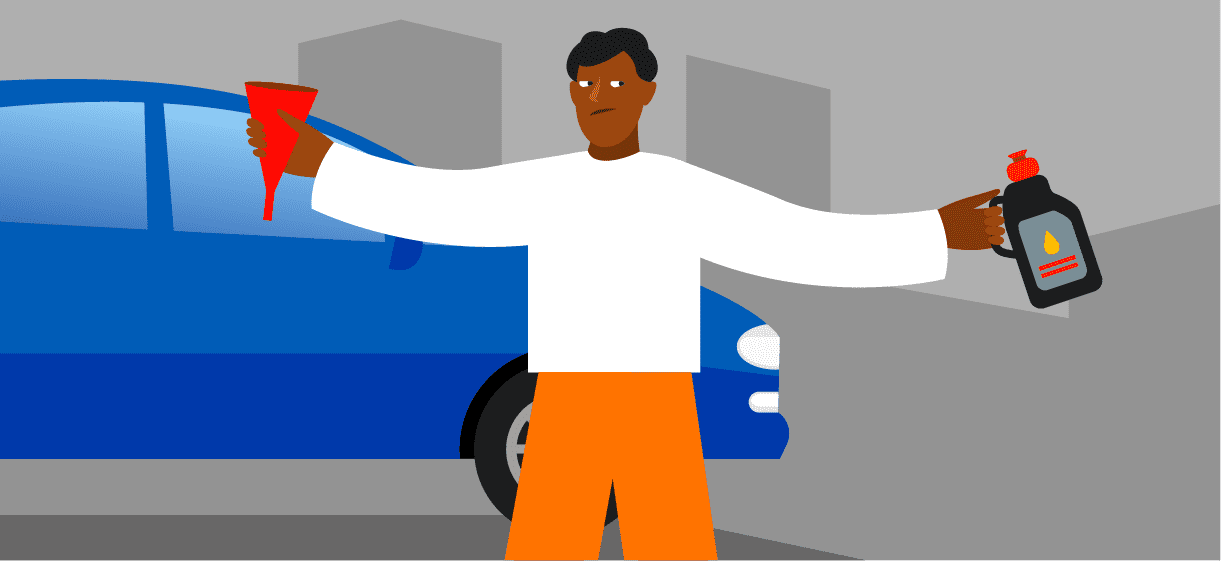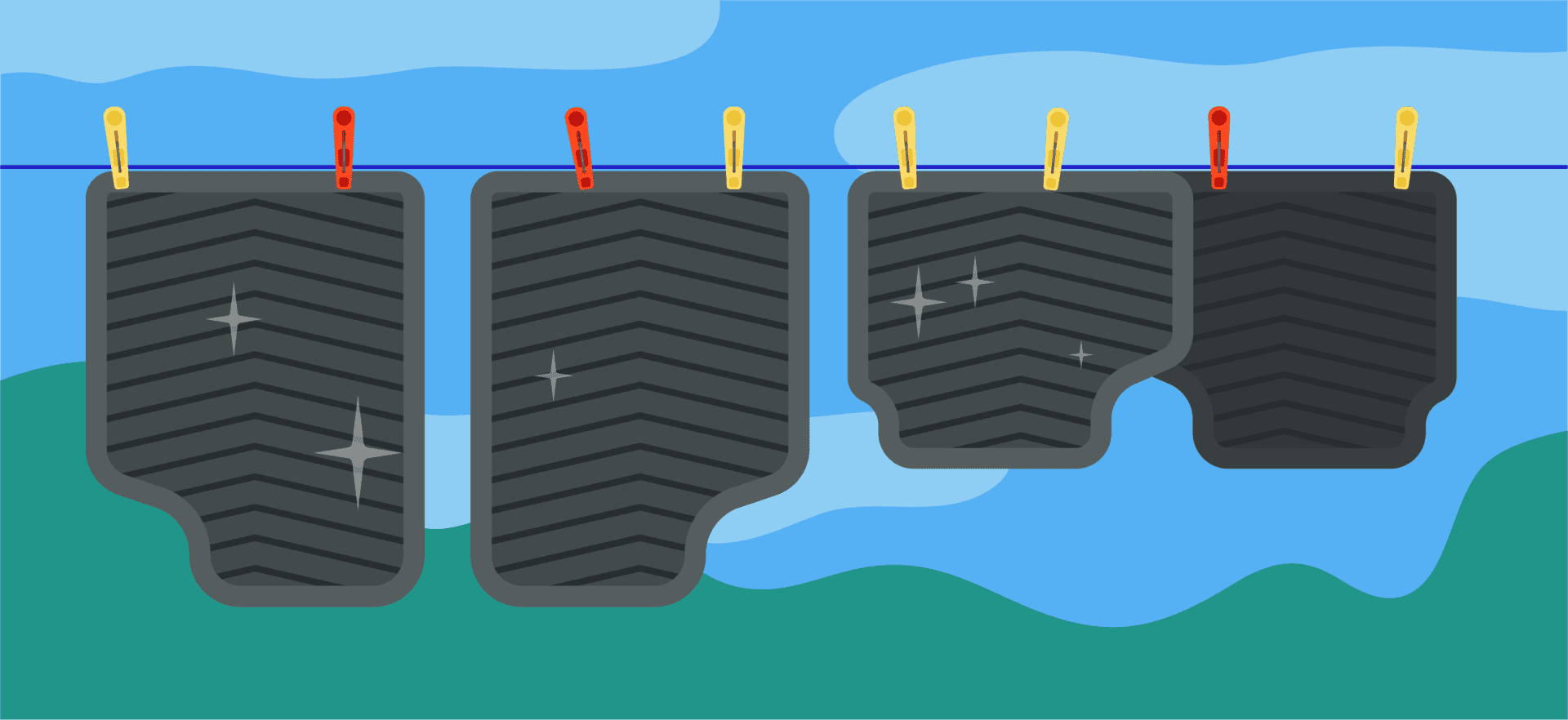Tire tread depth isn’t just a number; it’s the difference between a safe drive and a potentially hazardous one. Imagine cruising down the highway when suddenly a heavy downpour begins. Those grooves on your tires play a pivotal role in displacing water and ensuring your vehicle maintains grip.
But what if those grooves have worn down? Your risk of hydroplaning surges, potentially leading to a loss of control. Recognizing the critical role of tread depth in overall road safety, it becomes essential for every driver to routinely check it.
Enter the “penny test” – an ingeniously simple yet effective method to gauge whether your tires are still fit for the road. With nothing more than a common coin, you can quickly ascertain if your tires have adequate tread. This test has become an essential tool for drivers worldwide, not just for its simplicity, but for the peace of mind it brings.
Throughout this guide, we’ll delve deeper into the penny test’s mechanics and why it should be a staple in your car maintenance toolkit. So, buckle up, and let’s ensure you’re equipped with the knowledge to drive safely under any condition!
Traffic school can help you keep a clean driving record, prevent insurance increases, and more!
Understanding the Critical Role of Tread Depth
Tire tread depth is more than just a measurement; it’s the backbone of your vehicle’s safety on the road. This might raise the question: Why is a seemingly simple check like the Lincoln tire penny test so pivotal?

- Safety First and Foremost:
- Traction: A tire with adequate tread depth provides optimal grip, especially crucial on wet or icy roads. Without this grip, the safety of both the driver and passengers could be compromised.
- Hydroplaning: As pointed out by industry experts like Driving Press, worn tires struggle to channel water efficiently. The result? An increased hydroplaning risk, especially at elevated speeds. In simple terms, this means your car could “float” atop water, leading to a potential loss of control.
- Avoiding Blowouts: Beyond just water, worn tires are more susceptible to punctures and sudden blowouts. Imagine driving at high speeds and experiencing a tire failure – the consequences could be dire.
- Optimal Performance:
- Fuel Efficiency: Proper tire tread depth is vital not only for traditional vehicles but also for electric vehicles (EVs). Tires with inadequate tread can increase rolling resistance, which in turn may lead to higher fuel or energy consumption. For EVs, this translates to reduced driving range between charges, meaning you might find yourself needing to plug in more often than with well-maintained tires.
- Legal Implications:
- Tread Depth Requirements: Adhering to legal requirements for tire tread depth is essential. For instance, in California, the law stipulates a minimum tread depth of at least 1/8th of an inch for front tires and 1/16th of an inch for rear tires. Not meeting these standards can result in fines or even being deemed at fault in the event of an accident due to insufficient tread depth. It’s crucial for drivers, irrespective of their location, to be aware of and comply with local regulations to ensure road safety and avoid legal complications.
Decoding the Tread Depth of New Tires

When we talk about tread depth, the standard U.S. measurement is in increments of 1/32nd of an inch. While this might sound abstract, consider this: most new tires boast a tread depth between 10/32” to 11/32”.
However, this isn’t a one-size-fits-all scenario. Specialized tires, like those for winter or designed for SUVs and trucks, often feature deeper treads. This added depth provides them with the extra traction necessary for their unique roles on the road.
What Is the Tire Penny Test?
Ever wondered how a simple penny, often lost between couch cushions or left in the car’s cupholder, can be a crucial tool for car maintenance? Welcome to the world of the Lincoln tire penny test.
This method, rooted in practicality, offers a quick way to gauge your tire’s tread depth using a penny, an item nearly everyone has on hand. The principle is straightforward: by inserting the penny into your tire’s tread grooves, Lincoln’s head serves as a makeshift ruler to measure tread depth. While we’ll dive into the step-by-step process later, understanding the rationale behind this test is essential.
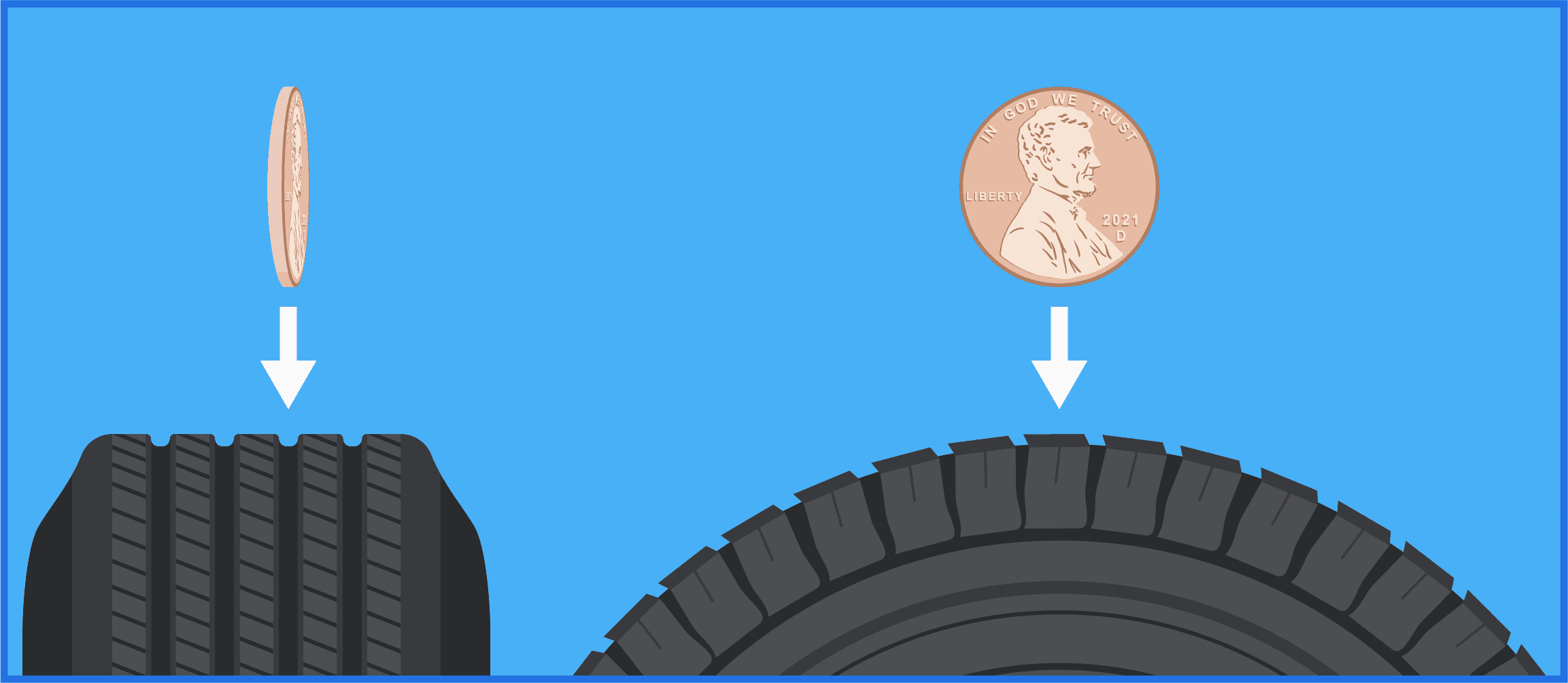
A Glimpse into History
The penny test’s origins are somewhat clouded in automotive folklore, but its simplicity and effectiveness have made it a time-honored tradition among drivers. It’s often one of the first car maintenance hacks passed down to new drivers or car owners.
The Underlying Principle
At its core, the penny test revolves around the premise that if Lincoln’s head is obscured by the tread, your tires are likely in good shape. Conversely, if his entire head is visible, it might be time to consider a tire replacement. This test provides a tangible, easy-to-understand metric, making it an invaluable tool for ensuring road safety.
With the increasing emphasis on vehicle safety and the vast array of tools and gadgets available, the penny test stands out for its simplicity and accessibility. And as we’ll discuss further, maintaining optimal tread depth is not just a recommendation—it’s a necessity.
How to Check Your Tread Depth with the Penny Test
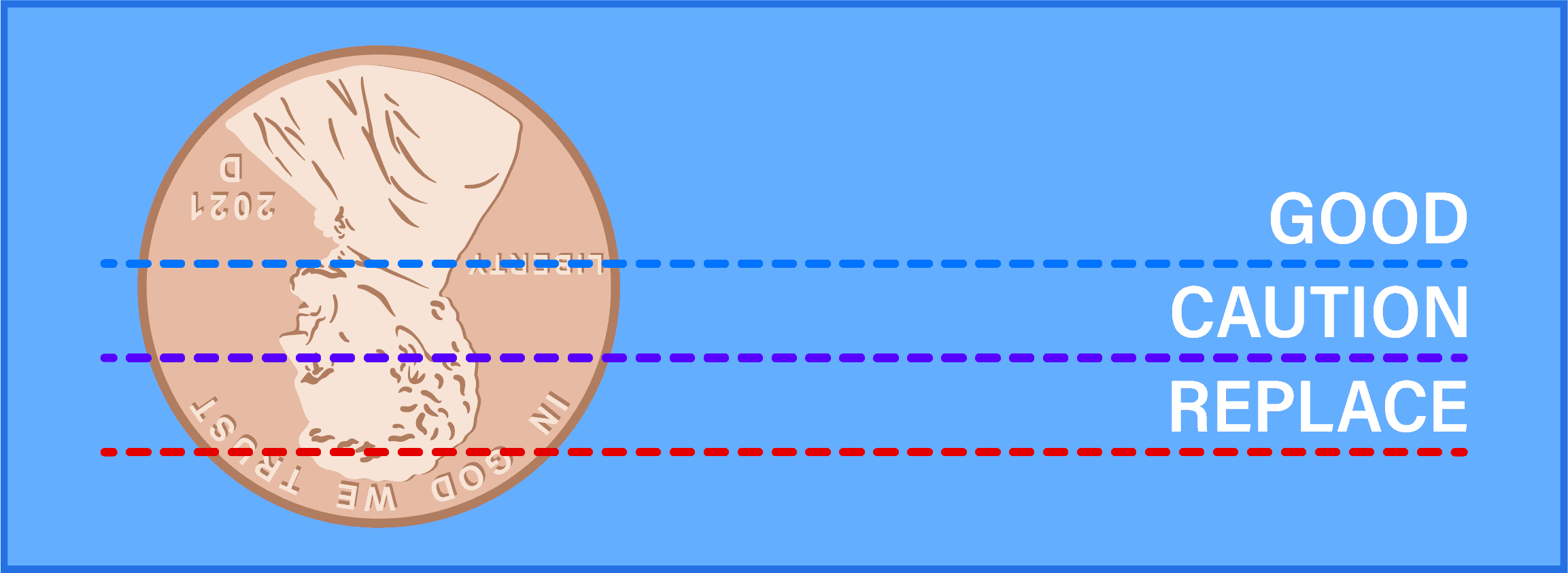
Checking your tire’s tread depth using the penny test is both intuitive and straightforward. But as with many things, the devil is in the details. Here’s how to execute it flawlessly:
Materials Needed:
- A penny (of course!)
- Your vehicle’s tires
Step-by-Step Instructions:
- Positioning the Penny: Remember the handy rhyme, “Head into the tread.” This helps ensure that when you insert the penny into the tire grooves, Lincoln’s head faces you and is upside down.
- Check Visibility: If the top of Lincoln’s head remains hidden, your tire tread is in good shape. But if you see the entirety of his head, it’s a sign that your treads are wearing thin, potentially down to 2/32” or even less.
Interpreting Your Results:
- Hidden Top of Lincoln’s Head: Your tire tread depth is sufficient.
- Full Visibility of Lincoln’s Head: It’s an urgent call to consider tire replacement. These treads might not only be unsafe but could also be in violation of certain safety laws.
Pro Tips for a Precise Penny Test:
- Check All Tires: It’s vital to inspect all four tires, paying special attention to visibly worn areas.
- Consistency Matters: If certain parts of your tire pass the test while others don’t, consider the tire as failed. Uneven tread wear might indicate other issues, like wheel misalignment or improper inflation.
- Legal Considerations: The penny test might not align with all legal requirements. By the time Lincoln’s full head is visible, your tire might already be violating safety standards.
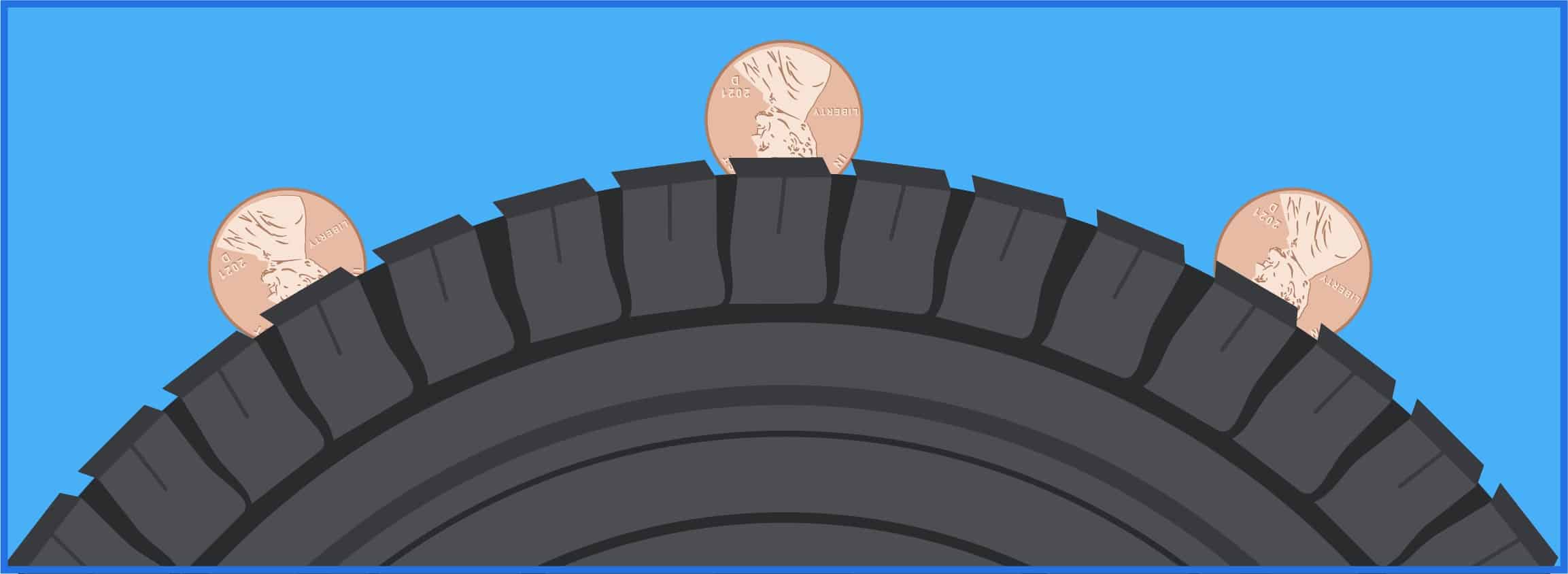
The Penny Test: Convenient, But Is It Comprehensive?
While the tire penny test offers a quick and accessible way to gauge tread depth, it’s essential to understand its limitations in the grand scheme of tire safety.
- Variability in Designs: Tires come in various designs, each with unique wear patterns. As a result, a one-size-fits-all test, like the penny test, may not capture the nuances of each tire design accurately.
- Uneven Wear: Tires can wear unevenly across their surface, which means certain areas might pass the penny test, while others don’t. Solely relying on the penny test might give a false sense of security if only certain sections of the tire are checked.
- A Guideline, Not a Rule: Think of the penny test as a quick checkpoint rather than a definitive measurement. Specialized tools, such as tread depth gauges, offer more precise readings. If your vehicle is equipped with tread wear indicator bars, they provide another level of assessment.
If there’s any uncertainty about the results or if you want a more comprehensive tire check, it’s always wise to consult a licensed mechanic. Ensuring tire safety goes beyond just tread depth. It encompasses overall tire health, which only a professional can holistically evaluate.
Exploring Alternative Methods to Measure Tread Depth
While the penny test is a popular and quick method for assessing tread depth, there are several other approaches, each with its own set of advantages, that drivers can employ to ensure their tires are roadworthy.
1. Tread Depth Gauge
- What It Is: This is a specialized tool designed explicitly for measuring tire tread depth. It provides a more precise reading than coin-based tests.
- Advantages: Known for its accuracy, a tread depth gauge gives a definitive measurement in either millimeters or 32nds of an inch, allowing drivers to understand exactly where their tires stand in terms of wear.
2. The Quarter Test
- What It Is: Similar to the penny test, this method utilizes a U.S. quarter. When inserted into the tire tread with George Washington’s head facing down, it serves as another gauge to assess tread depth.
- Advantages: Given the quarter’s thickness, it provides a different benchmark. If the tread touches Washington’s head, there’s approximately 4/32″ of tread depth remaining, indicating more life left in the tire compared to the penny test.
3. Professional Inspections
- What It Is: This involves taking your vehicle to a licensed mechanic or tire specialist who can evaluate not just the tread depth but also other aspects of tire health.
- Advantages: Comprehensive and accurate, professional inspections ensure that all facets of tire safety are considered, from tread depth to sidewall integrity and internal structure. If there’s any doubt about a tire’s condition, this method offers the most peace of mind.
In conclusion, while DIY methods like the penny and quarter tests are convenient and can provide quick insights, for a thorough understanding and assessment of tire health, nothing beats the expertise of a professional. It’s always beneficial to be well-informed and to choose the method that best fits your needs and comfort level.
When to Replace Your Tires
The lifespan of a tire is marked by countless miles of friction against diverse road terrains. While meticulous care can extend their life, there comes an inevitable point when tire replacement becomes non-negotiable for your safety.

1. General Tread Depth Guidelines
- The 2/32” Rule: The U.S. Department of Transportation (DOT) advises that tires should be replaced once they hit a tread depth of 2/32″. Some state laws mandate adherence to this guideline, emphasizing its critical nature.
- Beyond the Minimum: It’s essential to understand that 2/32” is the absolute minimum. For those often traversing wet roads, considering tire replacement at 5/32” tread depth might be more prudent.
2. Driving Conditions Matter
- Winter Woes: If you’re frequently navigating snowy or icy terrains, tires with tread depths of 4/32” or less can be perilous. As Bridgestone Tire experts note, even if tires are deemed legally fit, their performance can drastically diminish before reaching the 2/32″ mark. This can lead to hydroplaning risks or loss of control in inclement conditions.
- Off-roading Considerations: For adventurers who enjoy off-roading, tire tread depth is crucial for grip and stability. Depending on the terrain, more aggressive tread patterns with greater depth might be necessary.
3. Regular Maintenance & Rotation
- Why it Matters: Regular tire rotations and maintenance can prolong tire life, ensuring even wear and maximizing their lifespan. It also provides an opportunity for professionals to inspect your tires for any damage or abnormalities.
In the realm of road safety, it’s always better to be proactive than reactive. If there’s any doubt about your tires’ condition, prioritize caution. A timely tire replacement not only ensures your safety but can also deliver a smoother, more efficient drive.













